This drawing is the oldest known sketch of an insect brain
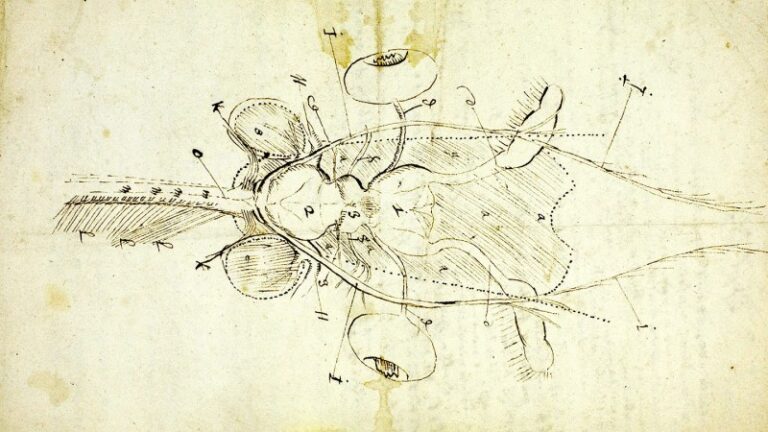
Found in a roughly 350-year-old manuscript by Dutch biologist Johannes Swammerdam, the scientific illustration shows the brain of a honeybee drone.
Science and Technolgy blog

Found in a roughly 350-year-old manuscript by Dutch biologist Johannes Swammerdam, the scientific illustration shows the brain of a honeybee drone.
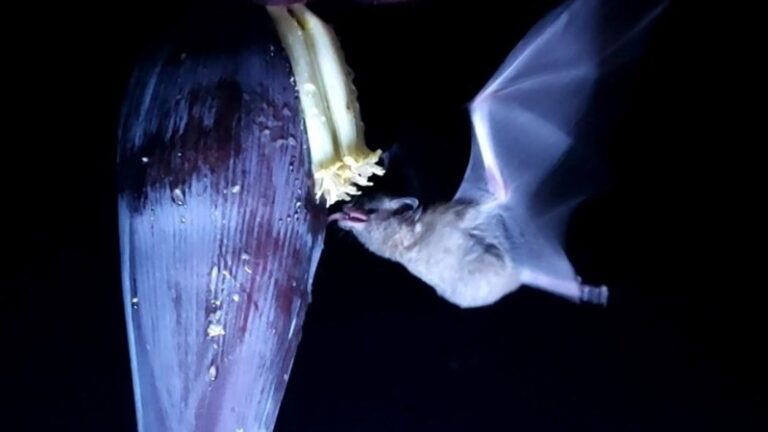
Bats may broadcast their personalities to others from a distance, new experiments suggest, which could play into social dynamics within a colony.

By achieving a top speed of Mach 1.1, Boom Supersonic has broken records and is on course to revive supersonic passenger travel.
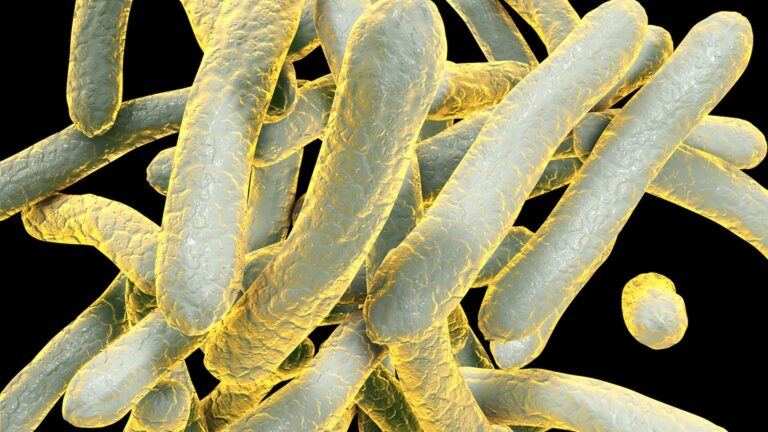
An ongoing tuberculosis outbreak in two Kansas counties has sickened dozens since January 2024.
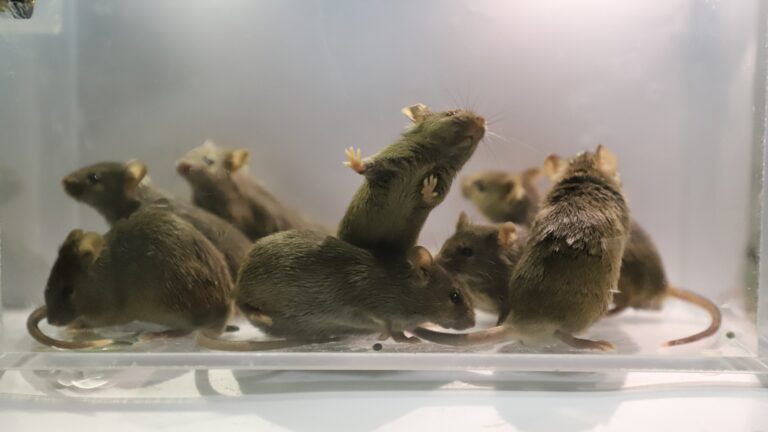
By modifying 20 regions of the genome, scientists successfully bred mice with two male parents and raised them to maturity.
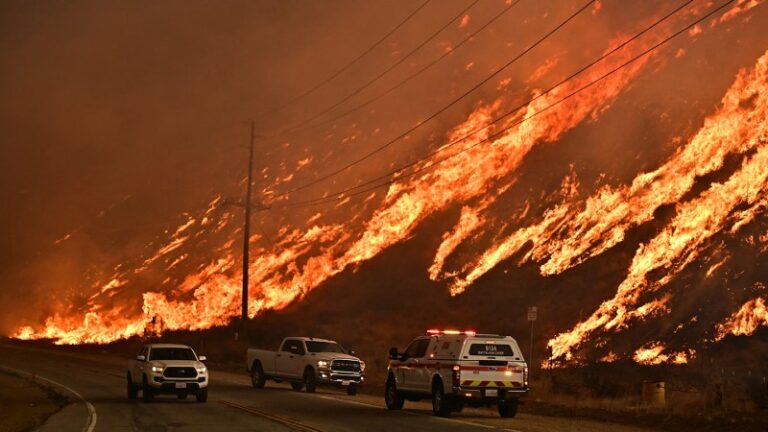
Weather data show how humankind’s burning of fossil fuels made the hot, dry, windy weather more likely, setting the stage for the Los Angeles wildfires.

Chinese AI lab DeepSeek has released a new image generator, Janus-Pro-7B, which the company says is better than competitors.
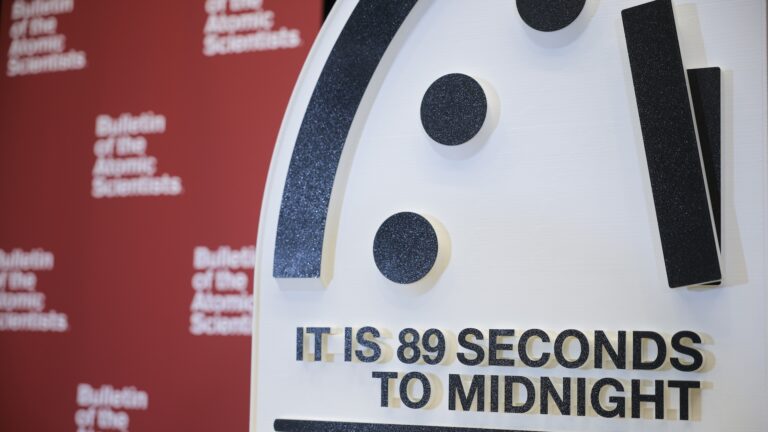
The Bulletin of the Atomic Scientists has moved its Doomsday Clock closer to Armageddon than ever before.
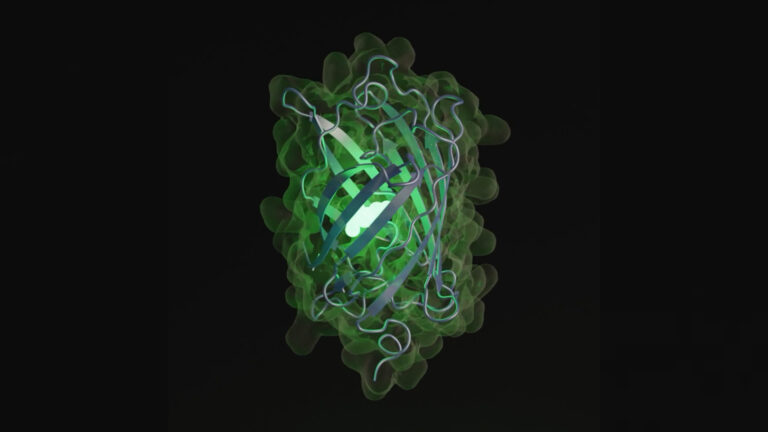
An artificial intelligence model has created a new protein that researchers say would have taken 500 million years to evolve in nature — if nature were capable of producing such a thing.

Mapping fish migration routes and identifying threats is crucial to protecting freshwater species and their habitats, ecologists argue.